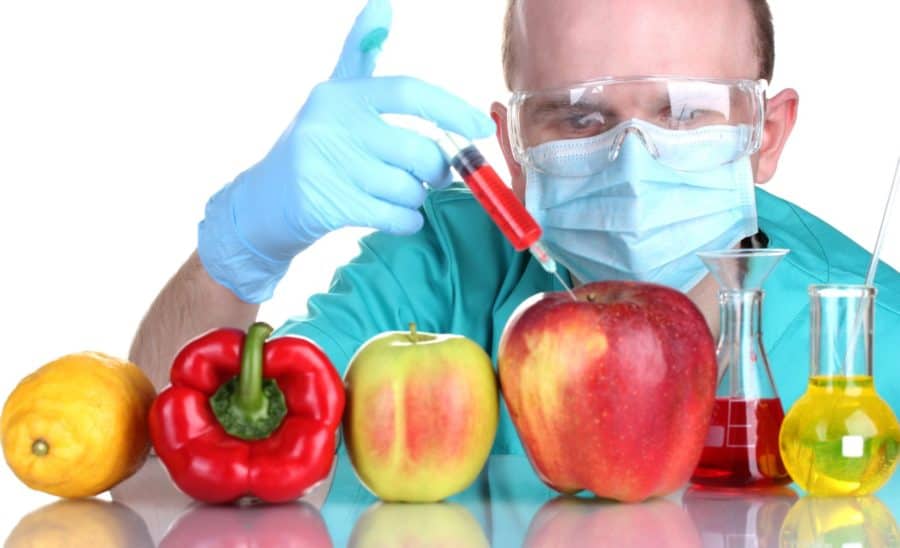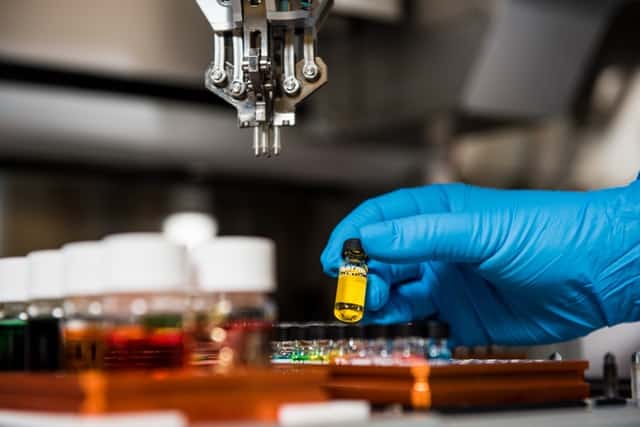In this article, we are going to discuss GMOs. GMOs are Genetically Modified Organisms.
What you will learn from the article:
We will see how the genes of the organisms are modified to provide a more targeted approach at modifying organisms, which is a novel approach to activities we have been doing for hundreds of years.
GMO is not just for plant crops as it is also used to genetically modify bacteria to produce medicines and vaccines.

Genes can be inserted into a DNA of a cell’s nucleus to be modified and then grown and developed using modified hormones. The DNA can be modified using chemicals or radiation. Gene changes occur naturally so there is no reason to suspect that GMO is inherently unsafe. We have been modifying plat crops by farming and cultivating for hundreds of years.
GMOs have been involved in agriculture for over 30 years, the first commercial GMO food was launched in 1994.
GMO has benefits to improve plant crop yields, improve benefits for meat and can be used for medicines to fight diseases and also for vaccines.
The biggest beneficiaries of GMO are big agricultural companies and farmers.
It is possible that GMO foods may pass mutated genes to gut bacteria.
Concerns have been raised since the long-term consequences of consumption of GMO crops remain unknown.
How does GMO work?
Put simply, the genes of the organism are modified. GMO is essentially a more targeted approach at modifying organisms in the same way that conventional breeding has attempted to do for hundreds of years.
Whilst many people associate GMO with crops, an example of GMO in bacteria is to genetically modify bacteria for the production of medicines for specific diseases, such as insulin and types of vaccines.
In 2020 up to 80% of all processed foods in the United States have GMO in them.
How are GMOs made?
Genes can be inserted into the DNA of a single cell’s nucleus for the purpose of modification. After that single cell is modified hormones can be used for the purpose of development and growth.
One which in which GMO can take place is by changing DNA using chemicals or radiation. Another method is to snip genes from bacteria, viruses or plants and insert them – these insertions are more targeted and precise.
Some GMO takes place within the same thing, other GMO takes place cross species.

Are GMOs safe?
Gene changes happen naturally so there is nothing inherently unsafe about changes in the traits and characteristics of GMO crops.
Farming and cultivation has been doing the same behaviour for hundreds of years in what we are now doing in a more targeted way with GMO.
History of GMOs: How long have GMOs been around?
GMOs have been used in agriculture for more than 30 years. The first tests of GMO took place in the 80’s and the first FDA approved GMO drug was for insulin. The first commercial GMO crop, Flavr Savr Tomato, was launched in 1994.
Pros and Cons of GMOs
Pros of GMOs

Benefits of GMOs
One of the main concerns for famers is how to get a good yield. Some of the things that affect yields the most are weather, weeds and insects. GMO can help with all three of these considerations.
Regarding insects, strains of genetically modified plants are able to repel the insects that feed on them, reducing the quantity of harsh pesticides.
With weeds, GMO crops have been designed to make the crops resistant to particular herbicides to reduce the cost of weed control.
Right now, GMO research is looking at how to increase the nutritional content of a wide range of crops.
The people that benefit most from GMOs are the big agricultural companies and farmers and it is likely that it is reduced costs for consumers and had societal benefits such as reduced soil erosion as tillage hasn’t been as essential for weed control as it used to be. There are likely to be environmental benefits from the reduced use of pesticides.
GMO has also been used in medicines and vaccines to prevent, treat and cure diseases without requiring cadavers, blood donors and animal parts as used to be the case, reducing the risk of disease transfer, contamination risk, inconsistencies in quality and supply bottlenecks.
Examples of GMO include virus free papayas, drought resistant corn plant and herbicide resistant soy beans. Other examples of GMO plants include rice that has additional minerals, vitamins and further health benefits such as rice that contains beta-carotene, a beneficial anti-oxidant.
GMO is also taken place in meat such as increasing levels of omega 3 oils in specific types of meat to help reduce the incidence of stroke, heart disease, cancer, rheumatoid arthritis, eczema and lupus.
Population growth means that we will need to double global food production to prevent starvation by 2050 and GMO is one tool kit we can use to make nutritious food available given limited amounts of resources such as water and agricultural land.
Cons of GMOs

Why are GMOs bad?
We don’t know what the long-term consequences of consuming GMO crops are. It is possible that GMO foods may pass mutated genes to the bacteria found in the digestive system.
It should be noted that, in a 2015 study, 9 out of 10 scientists with the American Association for the Advancement of Science considered GMO foods to be safe to eat – in general.
The pollen and also the seeds from GMO plants can spread beyond the boundaries they were grown, which is raising concerns. We also do not know what would happen if GMO animals mate with wild and non-modified members of the species.
Some scientists have concerns that GMO plants may not have the same nutritional value compared to non-GMO equivalents.
There are also some concerns that GMO food could change a persons DNA simply from consuming the products through the activities of hut bacteria however this is just as likely to happen from non-GMO foods.